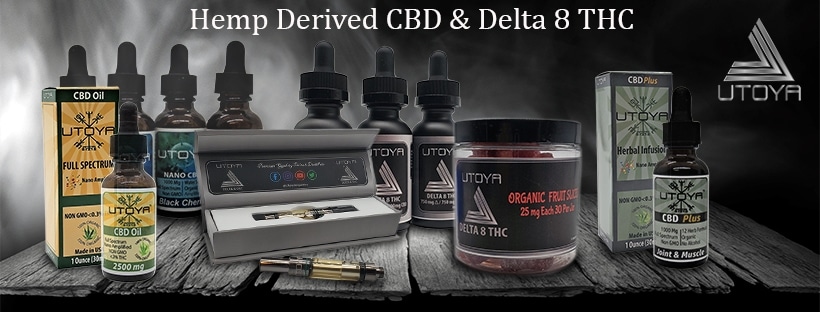What is Nanoemulsified CBD?
What exactly is water-soluble (or nano, or nanoemulsified) CBD? And is it really better? We spoke to the experts to find out.
You may have seen the terms “nanoemulsified CBD” or “water-soluble CBD” tossed into a CBD product description, but what do they actually mean?
The CBD industry has created so much new vocabulary that sometimes it seems like you need a pocket translator just to do your CBD shopping.
Here, we’ll look at the basics of nanotechnology and discuss whether it’s something that will actually make CBD products better.
What is Nanoemulsified CBD?
First, let’s get the terminology out of the way. Nano CBD, water soluble CBD, and nanoemulsified CBD are all used interchangeably, and all refer to the same thing.
Here is what research shows about Water-Soluble CBD?
Most research on nano CBD is in the very early stages. For that reason, it’s not easy to find studies that target CBD specifically. There are several studies currently taking place, though, and some early results point to the benefits of Nano emulsified CBD.
What Are the Advantages of Nanoemulsified CBD oil?
For example, a 2017 study looked at the relative bioavailability of a CBD/THC Nano emulsion compared to Sativex, a whole plant CBD/THC oromucosal spray. Nine healthy volunteers participated in the two-way crossover, single administration clinical study and the findings were conclusive.
The Nano emulsion resulted in dramatically higher absorption of both THC and CBD when compared to Sativex. It’s important to note, though, that this particular Nano formulation also included Piperine, a natural absorption enhancer.
Another promising study, this one conducted in 2018, again studied the relative bioavailability of Sativex against a CBD/THC Nano formulation. This study, which involved 14 healthy male volunteers, again showed a significant improvement in bioavailability.
When the blood samples were collected, researchers found that the time the Nano formulation took to achieve maximum absorption was much shorter than it was for Sativex. In addition, the overall absorption of CBD/THC was higher.
The conclusion: “The relatively faster absorption and improved bioavailability, compared to the oromucosal spray, justifies further, larger scale clinical studies with this formulation.”
Nano-CBD and Absorption
With a limited amount of published research on Nano-CBD to go on, we turned to the experts for information.
Anubhav Pratap Singh, PhD, is a scientist at the University of British Columbia. Singh and his team are currently working on a research study looking specifically at the benefits of Nano emulsification for cannabinoid-rich hemp oil.
According to Singh, CBD particles at the nano-scale have remarkably different properties than what we observe in our daily macro-scale world. “The main reason is the increased surface area,” explains Singh, “which enhances the chemical and physical processes that take place.”
According to Singh, with the increased surface area, “electromagnetic forces start dominating, and in the CBD world, this makes it really interesting!”
At this point the generally hydrophobic CBD molecules, which do not normally dissolve in water, now begin to act like a water-soluble substance, making them more easily absorbed by our water-loving bodies.
Nanoemulsifying CBD, Singh continues, “means that large amounts of CBD molecules which would either be eliminated (due to poor solubility) or rejected (due to the larger size of general CBD molecules) or destroyed (by chemicals and enzymes in the gastrointestinal tract) will be more readily absorbed.”
To get right to the heart of it, nano CBD is basically CBD that has bee
n broken up into very, very small particles. The particles are then coated in a lipid carrier (or surfactant) which stabilizes them and keeps them suspended in water.
Generally, CBD is hydrophobic, meaning that it does not want to mix with water. But once CBD particles become small enough, they begin to look and act like a truly dissolved substance. Hence the term, “water-soluble CBD.”
So how small are those particles? Well, for perspective, the diameter of a human hair is about 100,000 nanometers (nm). A good water-soluble CBD, on the other hand, should have particles of less than 100nm.



